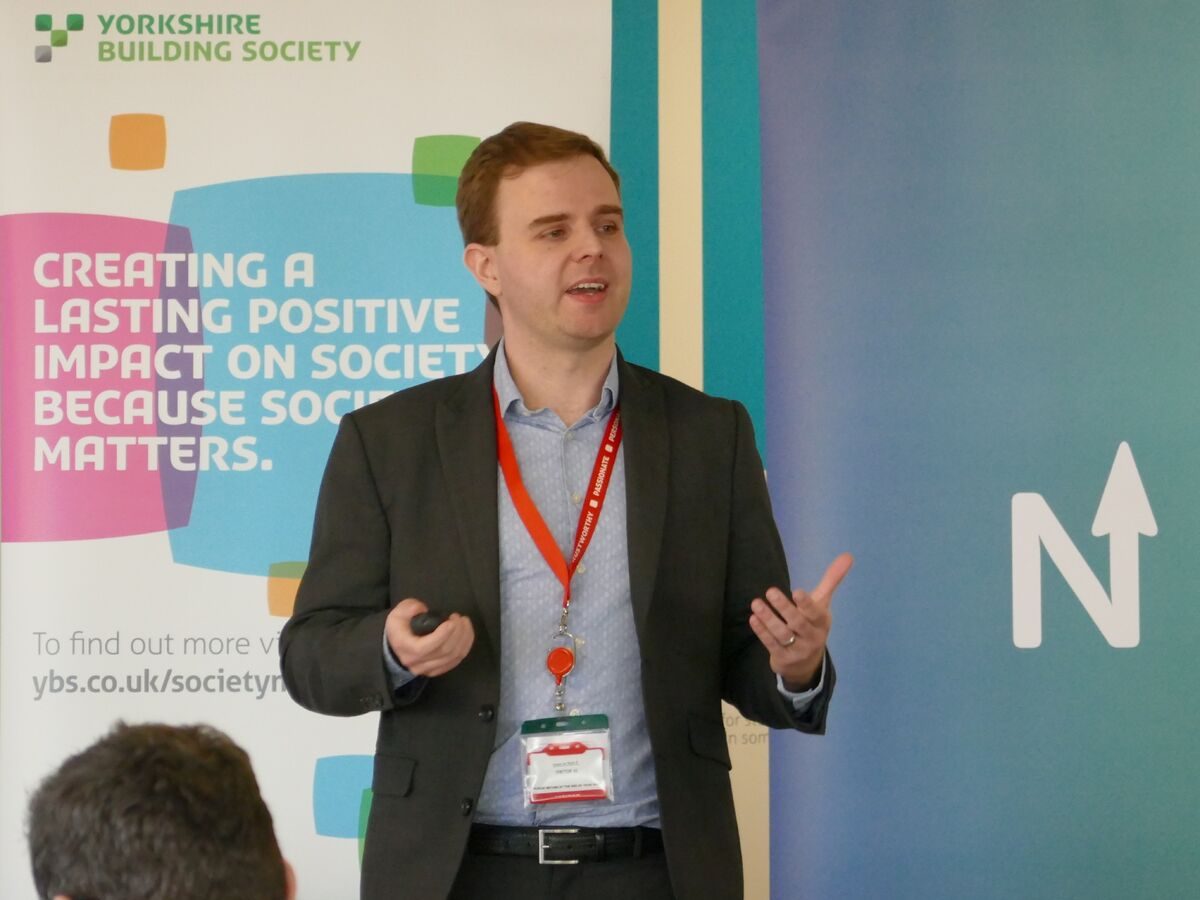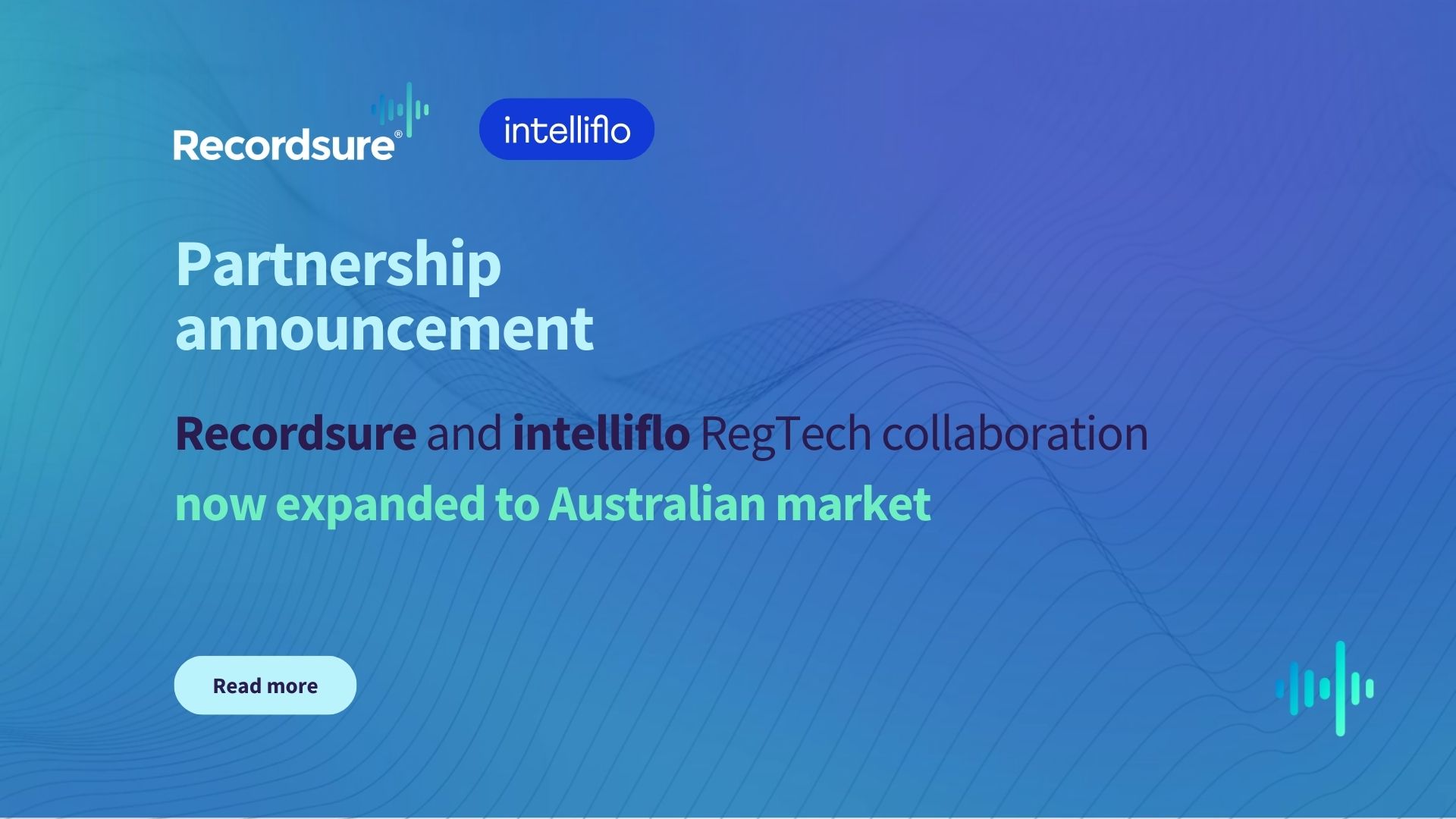 Speaking at Fintech North recently, our Head of Research, Simon Worgan, talked about how artificial intelligence (AI) will change the way firms support vulnerable customers, why this is so important and how this could reshape the regulatory landscape. For anyone who was unable to join us on the day, here’s what you missed:
Speaking at Fintech North recently, our Head of Research, Simon Worgan, talked about how artificial intelligence (AI) will change the way firms support vulnerable customers, why this is so important and how this could reshape the regulatory landscape. For anyone who was unable to join us on the day, here’s what you missed:
Understanding consumer vulnerability
The first thing to understand about consumer vulnerability is that it is not necessarily a permanent status or a binary classification. In finance, vulnerability is best viewed as an interpretation on the current status of a customer.
Customers can fluctuate from not being vulnerable to being very vulnerable, either temporarily or permanently. Vulnerability can spring from a wide variety of personal attributes: low literacy or numeracy skills, age, mental health, financial worries and general changes in circumstances are just a few of the many possible reasons consumers might need additional care.
The scale of the problem
With such a broad definition, the scale of this issue is absolutely vast. In the UK alone:
- There are 11.4 million people suffering poor mental health
- Nearly half of all adults have a numeracy attainment age of 11 or below
- Over 1.4m people are aged 85 or over, which will double in the next 20 years and treble in the next 30
- 1 in 4 adults experience at least one mental disorder in any given year
- There are over 800,000 people living with dementia, which will double over the next 40 years
The growing problem has caught the attention of both firms and regulators alike, with the FCA highlighting the point at the event that more needs to be done to support vulnerable customers and technological solutions are at the heart of this.
However, before you can support the consumers most in need of extra assistance, you first need to identify them: a task which is daunting in itself. The scale of the issue is such that it is impossible to monitor all customers manually, but AI is beginning to offer new ways to see the bigger picture and intelligently direct support to where it is needed the most.
How AI can help
There are countless ways a consumer can express vulnerability, which makes it extremely challenging to detect through AI. Ultimately, technology can only make predictions based on what is revealed: stoicism and putting a brave face on a bad situation can limit the tells that a human would pick up on let alone an automated tool.
However, in many cases, there are signs that could indicate potential vulnerability. These can be split broadly into two categories: Facts and Support.
Direct Facts can highlight a possible vulnerable state in themselves. For instance, a recent divorce or medical condition could increase the risk of vulnerability.
Alongside this is the indirect Support of a possible vulnerable state, for example feeling lonely at the weekend or anxious about a particular event.
Neither of these guarantee a customer is vulnerable, but either one could be a sign that they are, with the chances multiplying as more of these risks are triggered in close proximity. Whether someone is vulnerable is ultimately a human judgement, but AI can now help take customer care teams straight to the people who are most likely to need their attention based on a combination of the information they have provided, the language they have used and their behavioural traits during conversations.
Transforming the regulatory landscape
New technologies being developed have the potential to transform the status quo. Reviewed manually, firms typically struggle to review more than 5% of their customer interactions. Through advanced AI though, they are able to review the full 100% to target key areas such as customers showing signs of vulnerability.
This has the potential to revolutionise customer care with consumers standing to benefit from increasing levels of support: there is a 95% black hole in customer monitoring which can only be illuminated through technological innovations. Whilst customer vulnerability is an ever-growing challenge, the capabilities of new tools which can support consumers are increasing at an exponential rate.
Regulators are keeping a close eye on these developments. Currently, regulated firms are not necessarily expected to review all of their customer interactions as historically, it simply hasn’t been possible due to the numbers involved for most organisations.
However, expectations regarding customer care are evolving as fast as the technology used to support them. With the ability to fully monitor every customer touch point becoming more accessible to firms, regulators like the FCA are increasingly asking organisations why they aren’t using all the tools at their disposal to support consumers, and it is likely only a matter of time before the benchmark is raised higher across the board.
To learn more about conversational AI, analytics and automation, drop us a line here




